Advantages to Outsourcing HR Functions
Imagine having a full HR team by your side but not having to pay the high cost of employing a team of professionals. That, in a nutshell, is what outsourced HR services can provide to companies large and small. We’ve just launched our outsourced HR services, and we’re excited to help our existing and new clients to learn more about what it is and what it can offer to you.
First, What Is Outsourced HR?
Many clients know the value and importance of having a well-proven and diverse human resource department. This department, which offers services ranging from employee payroll to tax filing, is at the heart of your business. It works to keep employees and employers on the same page. To provide the best services to your employees, you need a well-designed HR team. Yet, most small to medium-sized businesses cannot afford to invest in or manage a full in-house team. That’s where outsourced HR comes into play.
Why Should You Care about Outsourced HR?
With the use of outsourced HR, your business can reap several benefits. In the article, “The Advantages of Outsourcing HR Functions” by Sherrie Scott, you’ll learn more about how empowering this service is to many companies. What’s more, it fits your budget and gives your company the ability to play with the large competitors who want to lure away your top employees. By providing these services, your business may be able to compete for new, top-talent as well.
If your company has struggled with an ineffective in-house HR team, or you cannot invest enough to put one in place that can meet the specific needs of your organization, now is the time to get some help. Our team is here to speak to you about Outsourced HR services and how they can work to meet your specific needs.
Have You Heard About Fractional HR Services? Are They for You?
Fractional HR is something many companies are hearing about for the first time. While it may seem like a buzzword, it is actually one of the best investments many small to medium-sized companies can make. And, we now are offering Fractional HR to our clients as well.
With Fractional HR, the experienced HR professionals you need are within reach to you, but you are not paying for the full cost of these services. Rather, the costs and overhead are spread out across multiple companies like your own. In that way, it allows your business to have access to the human resource professionals you need when you need them, but at a significantly lower cost. What’s more, you choose these professionals based on what you need. This includes access on-demand support when there is a current concern or investing in a set number of hours each month.
Learn more about our Fractional HR services by contacting our team. You may find this is the type of service you need to get your company moving forward without the extra overhead you thought you had to pay.

Small Business End of Year Tax Tips
It’s the end of the year and tax season will soon be upon us. As a small business owner, knowing how to navigate through this process can help reduce what you owe and get ready for the incoming year. Here are a few tips:
- Spend more, take in less
As a small business, your taxes are contingent on the profits you earn, which is what you have left after all expenses are paid. To lower your taxes, you want to spend more and show less income. If your company is a pass-through entity, this will work well for you. It’s definitely something to consider.
- Decrease your revenue
The deposits in your business bank account during December should be less than normal to demonstrate you had lower profits.
- Give, give, give
Make charitable donations during December – it’s the season of giving, right? This will help decrease your tax bill as well.
- Get those deductions in
Purchase your supplies and other equipment now to help maximize your tax deductions.
- Pay early
If you can pay your recurring expenses earlier than normal, it will demonstrate your tax liability for the month is low. Try paying a month in advance.
Last, but not least – start preparing for the new year. Make sure your accounting records are organized and ready for your accountant to go through. Review how you did this year to assess the financial condition of the company and strategize where you want to be this coming year. Speak to a financial advisor on certain things you can do to help reduce taxes, and with these tips you'll be just fine.
Importance of Small Business Strategy & Making a Business Strategy Plan
It is important to have a well-thought-out small business strategy in place before starting a business. A key component of the business strategy is the marketing plan that is used to attract the attention of potential customers.
The critical components of a robust marketing plan include having goals, accessing market demand for products/services, and customer service.
Goals
Well-defined goals are those that can be accomplished in a certain time period. Typical goals include inventory turnover, sales revenues, cash flow, gross and net profits, and customer base.
Break-even analysis is useful to create a goal for all small businesses. Calculating the break-even point is done by using the following formula:
Divide the total fixed costs of the product/service by the price per unit less the variable costs to create the product/service.
For example, in retail, “Black Monday” is the symbolic day of the year when a retail store/chain passes the break-even point. After passing this point, profits go up quickly because all the fixed costs have been paid.
Market Demand for Products/Services
A business needs to identify the market demand for its products/services. Offering innovative products/services is useful; however, it is more important to identify who is going to buy them.
Some questions to consider include 1) Does the product/service fill a need? 2) How intense is the competition for similar products/services? 3) What can be done to differentiate the product/service offered from those of competitors?
Customer Service
Customer acquisition costs may be quite significant. It is important to constantly find new customers; however, it is far easier to sell something more to an existing customer than it is to find new ones.
Having excellent customer service is a critical part of customer retention efforts. Businesses often fail to recognize that customers’ complaints are extremely useful feedback. Most customers, who have a minor dissatisfaction, do not voice their concerns and simply stop buying from the company. A customer who complains is highly-engaged and therefore valuable.
Resolving customer complaints in a fair, even generous way, that make a dissatisfied customer calm down is a very effective strategy.
Managing customer service includes online review systems. Complaints can easily be made in public. It may not be possible to have only positive reviews. Therefore, it is important to demonstrate high-quality customer service responses on all review systems in full public view.
Summary
Startup small businesses need to make a detailed written business strategy before starting a business. The most important part is the marketing plan. This plan needs to be updated on a regular basis.
To learn more, read the full article: Importance of a Small Business Strategy & Making a Business Strategy Plan.
Every Business Is a Data Business
Every business needs to collect information about its operations to be able to run more efficiently. The key is to understand the critical data that drives business success and then set up a system that provides real-time data to improve management decisions.
The overriding principle is not to get lost in complexity or wowed by the newest technological solutions such as those promised by data mining using artificial intelligence in combination with the Internet of Things (IoT).
The most important thing is to pay attention to the things, which are desired by customers and matter most to the business. This may be as simple as collecting customer returns in a big box to review and evaluate what caused the problems necessitating a product return.
Howard Tullman, in an article entitled Every Business is a Data Business, identifies three strategic areas to consider for improvements to data systems, which are 1) collection; 2) measurement, and; 3) integration.
Collection
Data collection is more effective when it comes directly from the customers. Traditional customer data collection methods are useful, such as detailed customer profiles, surveys, polls, focus groups, and reviews. Newer methods include using gamified tools that make it easy and fun for customers to give their opinions.
It is important to track and analyze the online activity of existing customers and their interactions with a company. Another useful method is aggregating data about potential customers that comes from third-party sources, which monitor web activity, demographics, and purchase history.
Measurement
Effective measurement of customers’ feedback starts by engaging customers in an interactive way at all points of contact. It is important that customer service representatives are easy to connect with and that they know everything possible about the company’s products/services and operations.
Real-time chat with customers is very useful. Chat operators need to have access to an ever-improving knowledge base in order to best respond to customers’ inquiries.
Capturing detailed feedback from customers is part of the customer support process. This feedback provides data that can be measured for effectiveness.
Integration
Powerful data integration uses insights from the measurement of collected data to create action items that a company can implement in order to make improvements.
Common opportunities for immediate improvement include:
- Speeding up the customer purchase process.
- Offering the best customers bundled discounts, rewards, and incentives.
- Improving inventory management in response to customers’ buying patterns.
- Using customers’ preferences and choices to influence designs for new products that specifically address the wants and needs of customers.
Conclusion
The main goal of improving data systems is to more effectively use the information to enhance engagement with customers, deepen the connection to those customers in ways that increase retention, and provide significant value for them.

Are You Leaving Money on the Table?
By Guest Writer: John Madsen, VP, Manufacturing Practice Leader, Black Line Group
As many Midwest manufacturers actively look for business opportunities to improve their profitability, grow faster or be more competitive, one of the most overlooked resources is the ability to use Research and Development (R&D) Tax Credits. Benjamin Rashleger, President and CEO of WSI Industries discovered the benefits this credit program. After obtaining credits for his company, he shared, "I am amazed how many manufacturers do not realize or understand the IRS's definition of R&D Tax Credits. If you make or improve a product or a process, either for yourself or your customer, you have activities that qualify for the R&D Tax Credit. This credit can substantially reduce your Federal and State tax liability."
As stated, many do not believe they have R&D activities taking place in their facilities. If you quote jobs, take orders, build tools, produce products and sell them to your customers, you almost certainly have R&D activities.
The R&D Tax credit is a dollar for dollar reduction off of your tax liabilities that provides potentially significant sources of unexpected cash for manufacturers of all sizes, including custom manufacturers, that have incurred expenses in pursuit of new or improved products or processes.
According to Black Line Group, the regulatory definition of R&D remains much broader than most people realize. For example, labor, and supply cost spent prototyping or using your resources and equipment; costs incurred to quote or experiment with different designs and materials; the design/engineering of new parts and or the process to make new parts; designing or developing tools, including mold tooling, dies and fixtures; and activities related to software development, can all potentially generate R&D Tax Credits.
Manufacturers of all kinds, including those that design and develop their own products, as well as contract manufacturers and job shops, can all take advantage of the R&D Tax Credit. Both the customer and vendor (job shop/contract manufacturer) of an R&D part can take the credit. The customer will have qualified expenditures around the “PRODUCT” development/improvement activities of the part or component, and the vendor will have qualified expenditures associated with developing the “PROCESS” for making the part.
If you are unsure of how to navigate or don’t even know where to start to see if you qualify for Research and Development (R&D) Tax Credits, you are not alone. Let our manufacturing practice lead with 40 years in contract manufacturing experience answer your questions. The R&D Tax Credit is one of the most generous incentives to help business reinvest. If you are looking to add value and fund improvement projects, then learning more about the R&D Tax Credit could be the single most profitable thing you do for your business in 2017.

